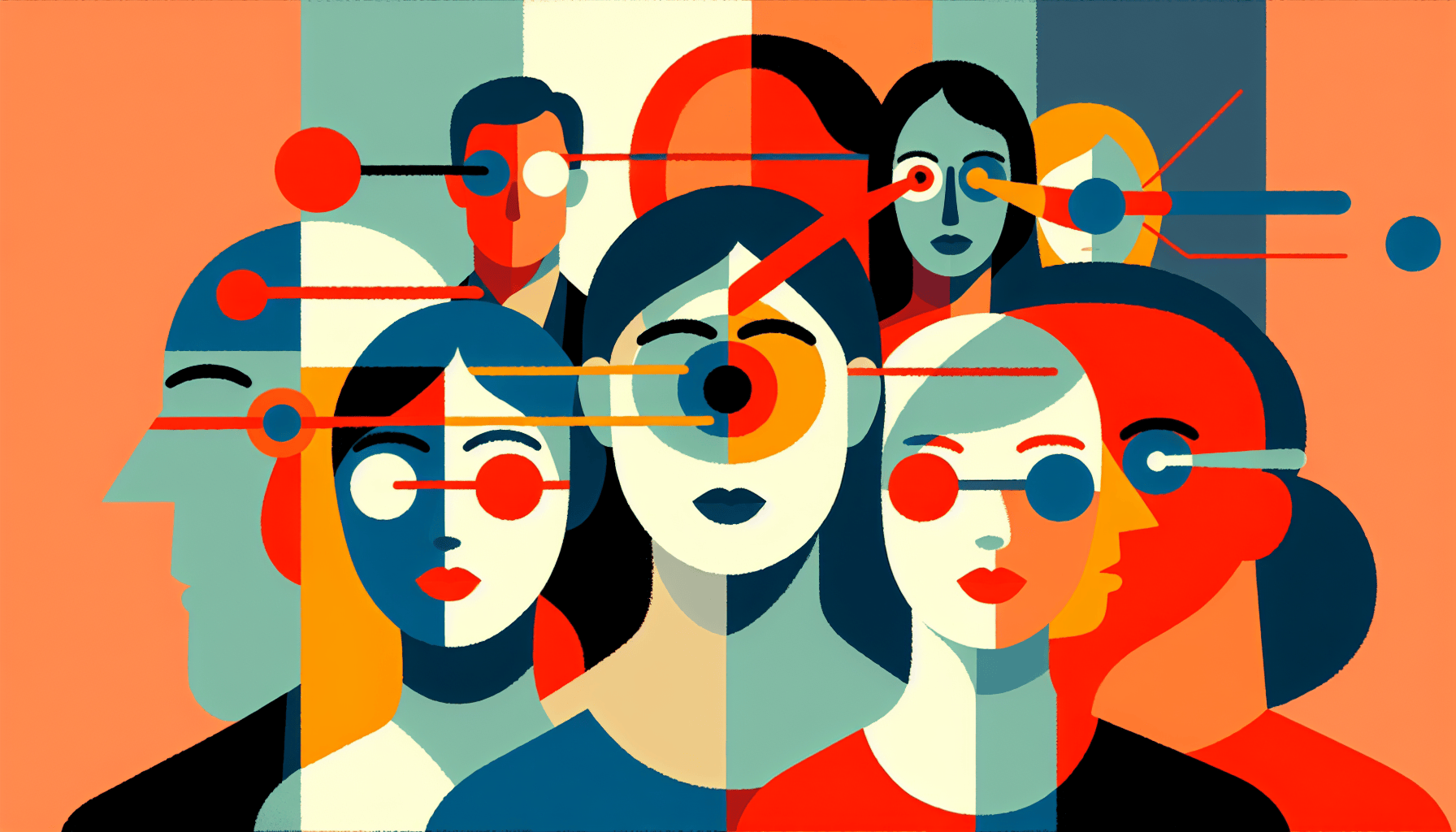Can I Take Zepbound a Day Early?
Key TakeawaysZepbound is a once-weekly injectable medication for weight management and obstructive sleep apnea (OSA) linked to obesity.Taking Zepbound a day early is [...]
Read MoreStrabismus, also known as crossed eyes, is a condition where the eyes point in different directions. While one eye looks forward, the other may turn inward, outward, up, or down. This misalignment prevents the eyes from working together, leading to vision problems such as blurred or double vision. In some cases, it can also cause amblyopia, or lazy eye, where one eye develops poor vision.
Strabismus is most common in children but can also affect adults, especially those with certain medical conditions. It's essential to identify and treat strabismus early to prevent long-term vision problems.
Doctors classify strabismus based on the direction of the misaligned eye:
Esotropia: when the eye turns inward
Exotropia: when the eye turns outward
Hypertropia: when the eye points upward
Hypotropia: when the eye points downward
Strabismus can also be described as intermittent (occurring sometimes) or constant, and it may affect one eye (unilateral) or alternate between eyes.
Strabismus can result from problems with the eye muscles, nerves, or the brain's control of eye movement. Risk factors include:
Family history of strabismus
Farsightedness or nearsightedness
Certain medical conditions (e.g., Down syndrome, cerebral palsy, hydrocephalus)
Stroke, brain tumor, or head injury (in adults)
Graves' disease (a thyroid condition)
In children, parents or caregivers may notice:
Eyes that look misaligned
Eyes that don't move together
Frequent blinking or squinting
Tilting the head to look at things
Closing one eye to focus
Other symptoms in both children and adults include double vision, headaches, eye strain, and difficulty reading.

An eye doctor (ophthalmologist) can diagnose strabismus through a comprehensive eye exam. Tests may include:
Visual acuity test to measure vision clarity
Refraction test to determine the need for glasses
Alignment and focus tests
Dilated pupil exam to check for underlying eye diseases
Additional tests, such as blood tests or MRI scans, may be necessary to identify the underlying cause.
Treatment for strabismus depends on the cause, severity, and the person's age. Options include:
Glasses or contact lenses to correct vision problems
Prism lenses to help align images and reduce double vision
Patching or eye drops to strengthen a lazy eye in children
Botox injections to temporarily relax eye muscles
Surgery to adjust eye muscle tension and improve alignment
Vision therapy exercises to improve eye coordination and focus
Early treatment is crucial to prevent long-term vision problems, but it's never too late to seek help for strabismus.
If left untreated, strabismus can lead to:
Amblyopia (lazy eye)
Persistent double vision
Blurry vision
Poor depth perception
Eye strain, fatigue, and headaches
Low self-esteem and embarrassment
In adults and older children, sudden onset of strabismus may indicate a serious underlying condition, such as a stroke or brain tumor.
If you suspect that you or your child has strabismus, consult an eye doctor for a proper diagnosis and treatment plan. Early intervention can help prevent long-term vision problems and improve overall quality of life.
For more information on strabismus, visit:
Key TakeawaysZepbound is a once-weekly injectable medication for weight management and obstructive sleep apnea (OSA) linked to obesity.Taking Zepbound a day early is [...]
Read MoreKey TakeawaysZepbound is an FDA-approved medication for chronic weight management in adults with obesity or overweight, and for moderate to severe obstructive sleep apnea [...]
Read MoreKey TakeawaysZepbound is a once-weekly injectable medication that supports weight loss by activating hormone pathways regulating appetite and digestion.After the first dose, [...]
Read More